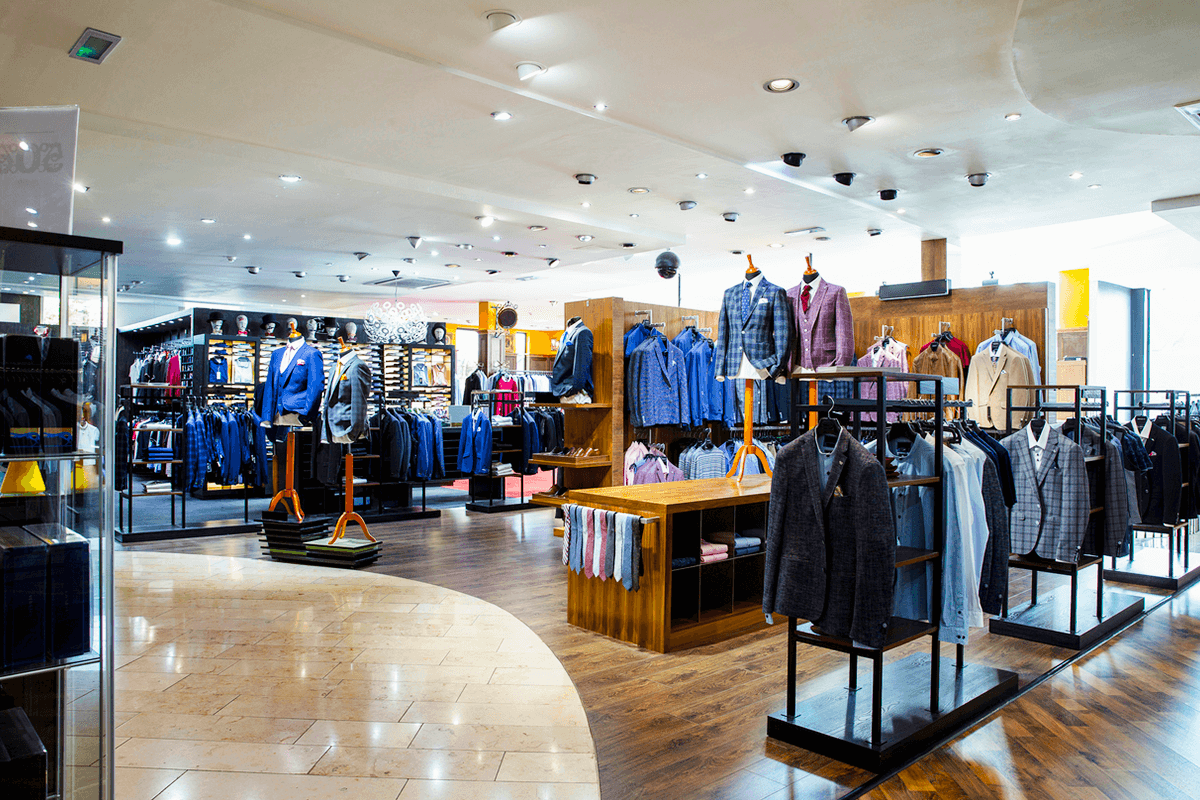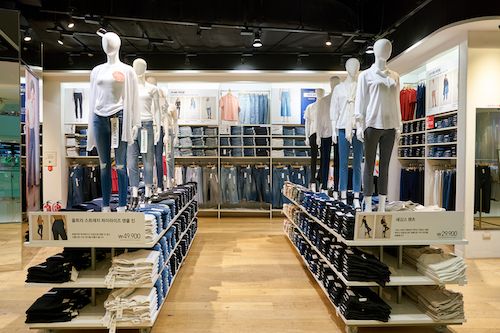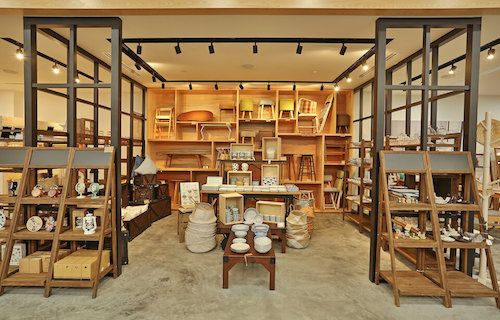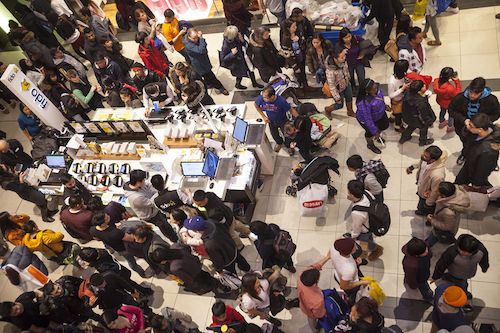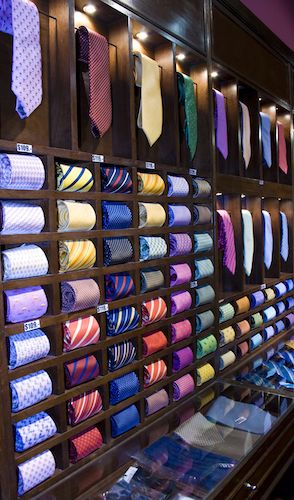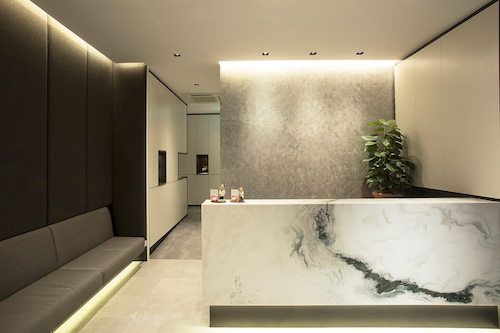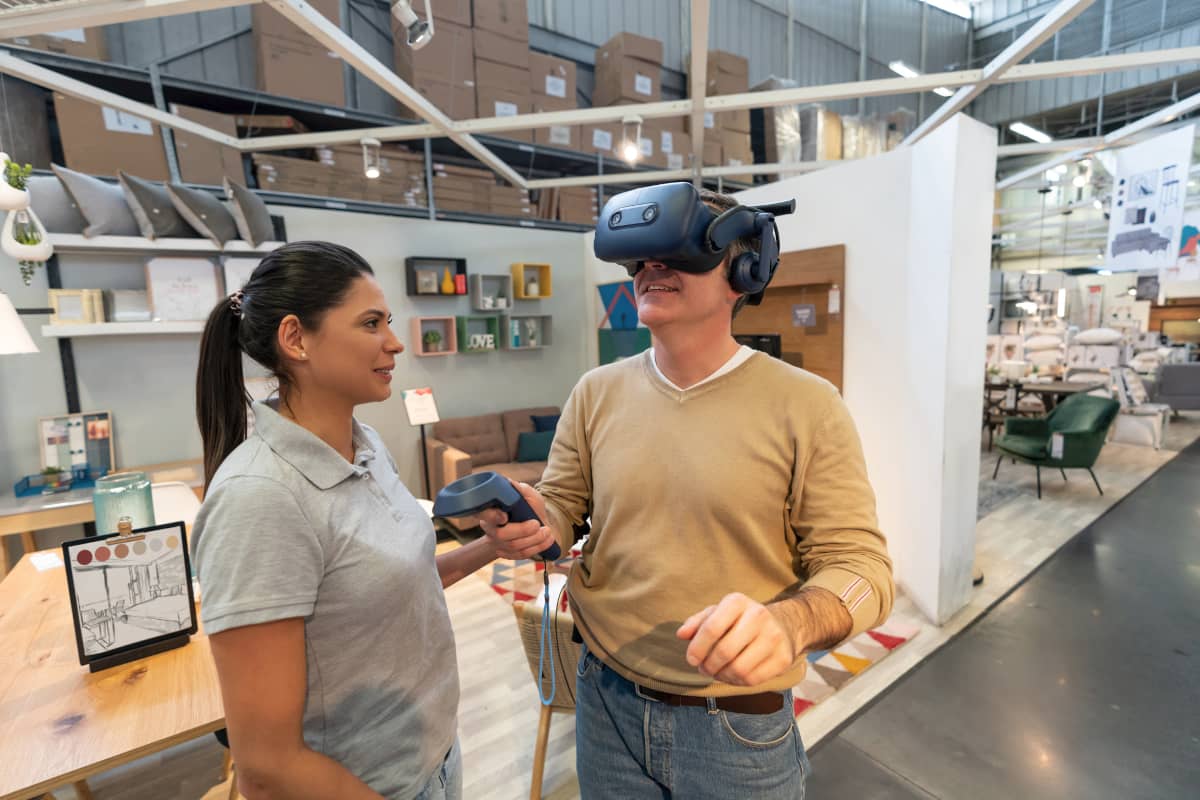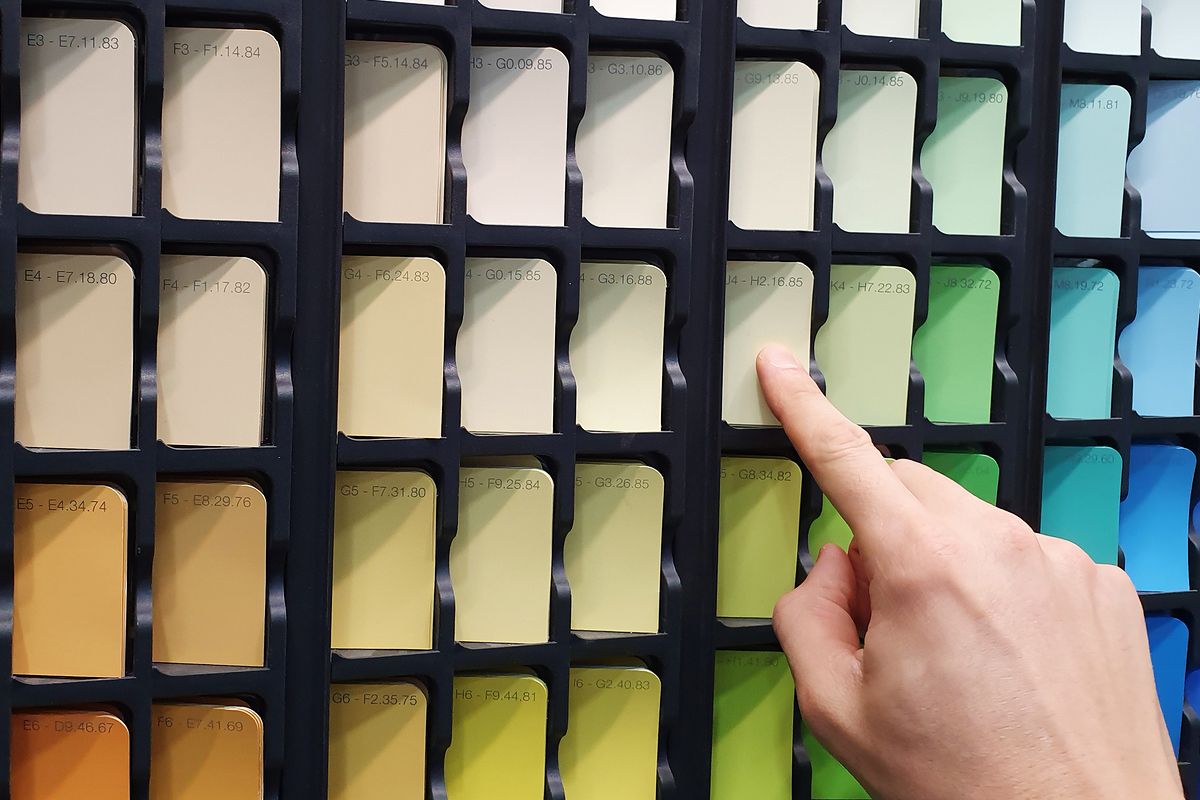Design considerations are the parameters that define the essentials that should make up any design. Of course these vary from project to project, but certain genres – like retail interior design – have many in common. Merchandising and ambience are two of the most important aspects of a retail interior, but there are quite a few other considerations to take note of as well. Further, let’s take a look at 5 design considerations to ensure you get your retail interior design in Singapore right!
Sight lines are extremely important when you’re catering to the placement of your merchandise. Not only do you have to make your product visually accessible, you also have to make it so that your design does not promote shoplifting. Those nifty little blind spots can cause a lot of trouble for quite a number of people. The horizontal line of sight covers a range from 60 to 65 degrees and everything in between, while the vertical line of sight covers50 degrees as upper visual limit and 75 degrees as lower visual limit.
Haven’t we all been to that once-in-a-year Black Friday sale where the customer service has to block the doors in order to stop everyone from stomping in? And those who made it inside find it terribly hard to breathe? Yes, there is a limit of customers that any retail outlet can cater to at a specific moment in time. If that number exceeds, then chaos ensures. Therefore you will need to design your interior to be flexible enough to accommodate such extremes of customer traffic flows and avoid situations like the “Butt Brush” effect.
Your retail interior design would be an absolute failure if you don’t have nifty little storage spaces all over the outlet. You can only display so much merchandise, and you cannot exactly pack off the item on display if a customer chooses to purchase it. Instead, you can create handy storage areas in your racks, displays, cash desks, receptions and more.
Curb appeal is all about luring the potential customers inside your outlet with an attractive façade. You have to be iconic enough to make an impression, so that the customer can take note of the shop to visit later even if they choose to bypass that particular shop that day. This includes the signage as well as the window displays. The more attractive the façade, the more curious the potential customer.
